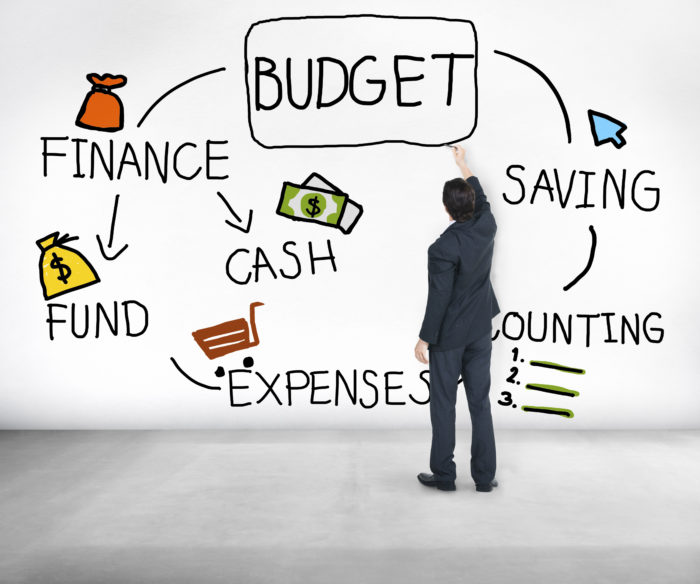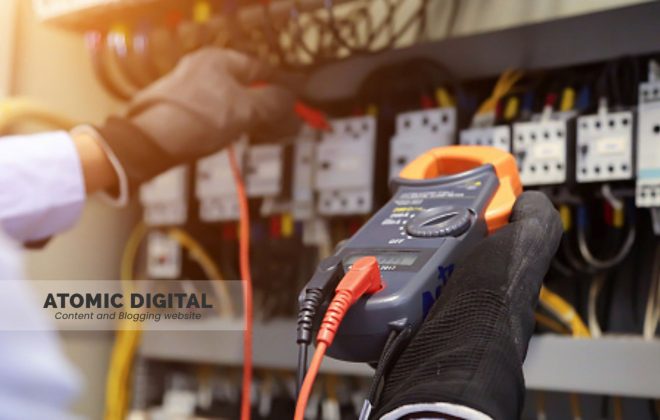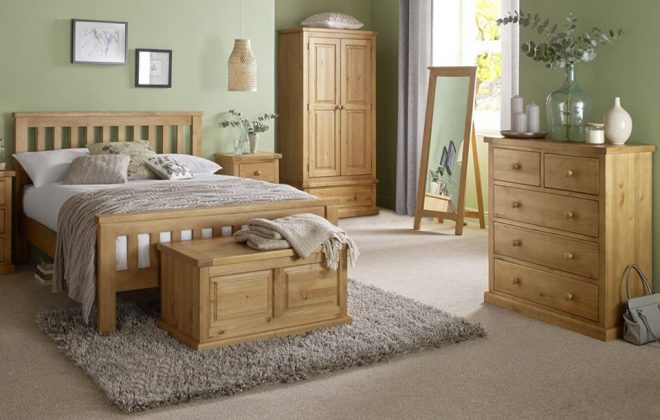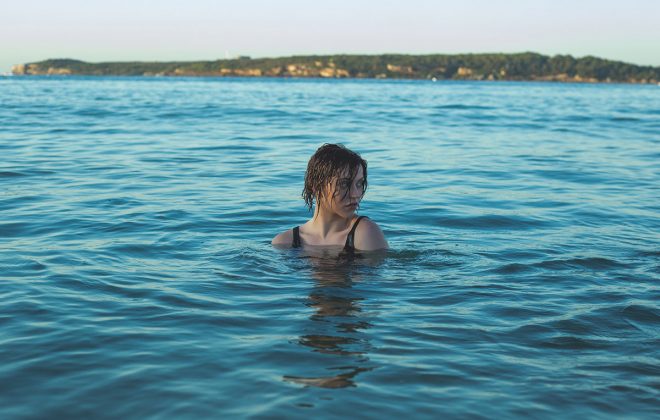From Financial Literacy To a First Home: How To Fast-Track Life’s Early Journeys
Many of the financial problems facing people also over planet earth can be traced to financial illiteracy among large segments of the population.
Consider: 1. If people understood the relation between the economy and monetary policy they probably would not have taken out adjustable rate mortgages at precisely the time the Federal Reserve was set to raise interest rates.
2. If people understood the difference between the effective annual and the annual percentage rate they would likely incur less high cost credit card debt.
3. If people understood the benefits of tax-deferred compounding they likely would begin contributing to their retirement plan earlier in life — resulting in substantially more wealth when they retire.
Financial illiteracy in Australia occurs because financial illiteracy derives from the absence of personal finance instruction in most Australian public high schools and a mistaken reliance, on the part of many, that the best way to learn about financial topics is through one’s parents or life experiences. The problem is that most parents do not have the financial background to impart financial knowledge to their children, while learning through life experiences often results in costly mistakes or realising a problem when it is too late.
Financial illiteracy in Australia outlines what young people need to know to get a head start in putting their lives on a sound financial footing including topics such as:
– Using financial services intelligently
– Does a young person need insurance?
– Opening and operating a brokerage account
– Investments a young person should make
– Globalisation effects on the prices of goods and services purchased by young people
If your kids are going to read one book this summer don’t make it Enid Blyton – instead introduce them to your bank book. Sit down and spend half an hour with them a couple of times a week going over credit card and bank statements. The earlier you do it the more you will save yourself and them in the long run. We kind of think it is expected that young people will be profligate with money early on but is it really necessary? Financial literacy is a blessing to have that has eluded many throughout history – but your kids will not be able to afford this kind of illiteracy in the merciless new futurism of our hyper-capitalistic global societies.
Teach Them the Different Denominations Early
I remember teaching my kids via Monopoly about the different denominations of currency. This was no old time Monopoly either it was millions and billions of dollars in a fast paced modern megapolis property market. They must have been 5 and 7 years of age I reckon, and it was challenging explaining how money was broken down into different denominations. We got there in the end, however. The fact that neither of them speak to me now has little to do with this early education I figure. Learning about money in a materialistic and money obsessed society is a must. One day they will thank me for something!
First Home Buyers Can Be Made
You could begin by instilling hope in teenagers by teaching them what a FHLDS is. Although in the current climate home ownership may become a thing of the past and only for the filthy rich in the not too distant future. Money makes the world go around, as the song lyric says. Love may be a desirable intangible, a bit like that quaint anachronism faith, but understanding finance and commerce will be a far more useful skill to possess. Children grow up into adults and they require a solid grounding in the practical realities of what life is actually about. First home buyers can be made and not just born into it via wealth.
Learn the Real Numbers in Life
Dreams are all well and good, but people only bang on about stuff like that in the movies. Don’t burden your kids with aspirations made in Hollywood because in real life large groups of people do not applaud individuals in public for any reason except sports. Financial literacy sounds slightly dirty to those of us who have an Arts degree but in reality, it is a very good thing for children to have. Learn the real numbers in life – those with a dollar sign attached.
Is It Harder For Young Females?
The harsh truth in Australia is that women could not get any kind of loan for much of our short history as colonial invaders of this wide brown land. It was another very effective way of controlling women by excluding them from being able to borrow money for things like homes and cars. Men ran the banks, they sat on the boards and managed the branches, and it was policy to deny loans to women on the basis that they were women and not men. Women were paid far less, got pregnant and had children, most didn’t own property and couldn’t because nobody would lend them the finance to do so; and they didn’t play golf. Women and home loans in Australia: a potted reality, well, a root bound bonsai really.
Only 60% of Women Are Living in Homes They Own
The irony is that women are, generally, far better managers of finances, especially around the home, as they must feed the family and make do with what they have. Women are better conservers and savers of limited assets. Since women have been empowered in the financial sense over the last couple of decades the percentage of women owning homes in Australia has dramatically increased. 26.2% of property in Australia is exclusively owned by women versus 29.9% by men, according to a survey by CoreLogic in 2021. 60% of women live in homes they own jointly or on their own, according to Westpac.
Home Ownership in Australia
Of course, home ownership in Australia, in the capital cities, is becoming less and less affordable for the average citizen. A low rate credit card can proffer big savings over time. Australia has become a nation where little is manufactured, and the economy is stimulated by the exchange of property at inflated prices. Landlords grow rich and commercial rents push up retail prices across the board for products and services. Australia is fast becoming a land of the have’s and the have nots. The ever expanding chasm between these two groups continues to cause untold problems, as we have seen during the Covid pandemic.
Women & Men Equally at Home in an Unfair Society
Will women improve the state of fairness within our society via their property rights or just repeat the same trends exhibited by men over the last several decades? In many ways, women wanted access to the same slice of pie as their male counterparts. They wanted to be like men and that is what we are seeing in the property market, workplaces, and in the community. The old adage is, be careful what you wish for.
Can The Meaning of Life Play Its Part Too?
The green loan is an example of the finance sector being put to work in support of the environment. Banks and other financial institutions are depositaries for our money, therefore, directing them to channel investment into things like alternative energy can be a powerful tool for positive change. Green loans helping the environment: How do they work? A green loan is money lent for things like solar panels or batteries. This kind of investment can occur on the smaller domestic level and on the larger corporate level. Positive change can be encouraged via these kinds of ethical investments in a net zero emission future for Australia and the world.
What Are Green Loans Used For?
Simply contact a supplier of green loans to find out if you qualify for this kind of finance. Good citizens who are interested in reducing their carbon footprint can access money for the right kind of projects. Energy efficient devices like electric cars, solar panels, batteries, heat pump hot water systems and grey water plumbing can all qualify as environmentally friendly projects. This is money put to a good use for a greener Australia in a net zero emission 21C environment.
What Green Products & Services Qualify?
Green loans are unsecured personal loans used to purchase environmentally friendly products. They can also be a car loan specifically for buying hybrids and electric vehicles. In addition, there is talk of green home loans coming to the market sometime soon. The green products include insulation, battery systems, solar panels, heat pumps, rainwater tanks, grey water systems, energy efficient heating and cooling products, double glazing, and energy efficient devices. The green loan is currently marketed primarily for the domestic sector. They are instruments designed to reward and encourage the mums and dads out there to do the right thing for Australia in a climate of global warming and net zero emissions.
How Do They Compare?
If you do qualify for one of these green loans, how does it compare to a bog standard loan? The financial institutions offering these environmentally friendly loans, usually, offer a more competitive interest rate. This is in line with these financial products encouraging the market to invest in more environmentally friendly stuff. You can often find 1% or 2% better rates for these unsecured personal loans and/or secured car loans if they are green. There are around 20 or so banks and credit unions offering green loans in Australia.





